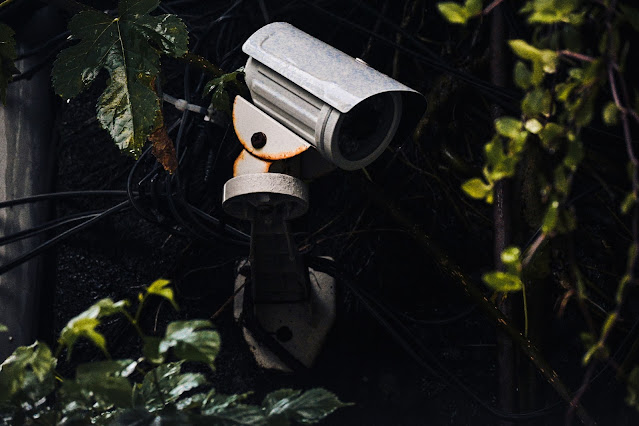Tools To Ensure That Citizens’ Rights Are Respected With CCTV Systems
CCTV systems are becoming a more common security measure as technology advances, and video recording gets more superficial and economical. Most people already use an estimated 30 million surveillance cameras and record more than 4 billion hours of video every week.
The law evolves far slower than technology, and few rules restrict the use of public video monitoring. Where they do exist, the majority of them are concerned with preserving individual rights or privacy and ensuring that cameras are not installed in places where people have legitimate expectations of privacy, such as public toilets and changing rooms.
However, when CCTV is used to record public places, there are agreed-upon best practices that serve as a set of rules and methods to guarantee that citizens' rights are maintained.
These are some of them:
Necessity
Only an adequately established law enforcement principle should be used to justify video monitoring. Establish clear, objectives for using CCTV systems and a method for evaluating its efficacy.
Transparency
When CCTV is used, the public should be made aware of the existence of cameras and the fact that they are being filmed. Citizens should understand what a CCTV system's goals are, how much it costs to install and operate, what areas are being scanned, and the outcomes.
Proportionality
CCTV equipment must be suitable for the issue it is supposed to solve. Design a public video surveillance system's breadth and capabilities to minimise any detrimental influence on constitutional rights and ideals. This implies that technology should react to specified goals without going beyond them.
Accountability
Whether administered by the government or private companies, those in control of public CCTV systems should be openly identifiable and responsible to the public. Provide adequate penalties for the abuse of video surveillance data and remedies for individuals who have been damaged because of the misuse.
Accessibility
Prohibit third-party access to public video surveillance data and place restrictions on sharing general footage with government entities. To deploy more invasive technologies or use the recorded footage for purposes other than those for which the system was developed and installed need extra explicit permits.
As the need for CCTV develops, so does the significance of developing a comprehensive set of regulations to protect privacy and civil rights. Practical guidelines that follow law enforcement best practice recommendations may reduce the total cost of a video surveillance system by identifying unneeded or ineffective components of the design and lowering the chances of a legal challenge to public video monitoring.
The act of capturing and recording such photos is not a violation of data protection rules in and of itself. On the other hand, users of CCTV systems must guarantee that they follow these rules and respect the data privacy rights of those whose pictures they acquire. This includes cameras built into doorbells and any video surveillance equipment installed or fixed on a property.
Look for the best and a professional CCTV system solution provider in Singapore to safeguard your home and space area.




Comments
Post a Comment